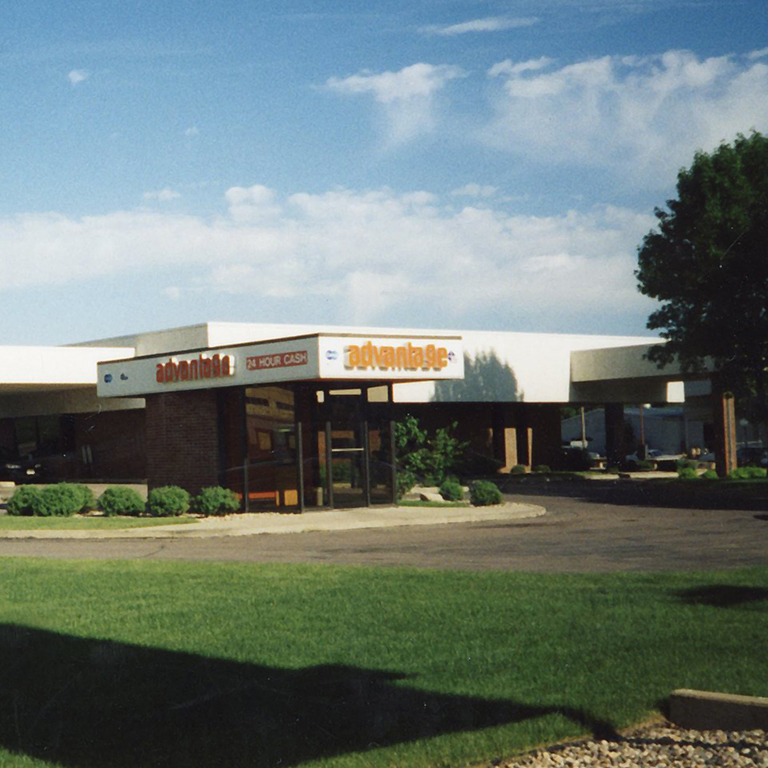Due to COVID-19 health and safety protocols, e-commerce has seen exponential growth. In 2020, digital commerce sales came in at more than $861 billion in the U.S. alone, which was up 44 percent from 2019. There are no signs of a slowdown any time soon. As a result, financial institutions everywhere have an amazing opportunity to meet their customers where they’re shopping: online.
Not only will an e-commerce strategy make shopping online quick and easy for your customers, but it can also drive more non-interest income for your institution, something that has proven to be very important over the last year.
For over 40 years, The Advantage Network has helped financial institutions in this very way. Not only can these strategies help you better serve your customers, but they can also make a difference in your bottom line. When it comes to e-commerce, there are lots of ways to make debit card usage easier for your customers, which in turn can drive non-interest income for you. Here are a few ways we can help encourage e-commerce amongst your cardholders.
Develop a Card-on-File strategy
Perhaps one of the best ways to support your cardholders as they shop online is through a Card-on-File strategy. Card-on-File refers to the storage of a cardholder’s credentials or card information with a specific merchant, which makes online shopping easy. We can help identify if a cardholder has their card enrolled at specific merchants based on the transaction type.
As a Visa partner, The Advantage Network and our member institutions have access to all of Visa’s analytics, marketing tools, services, and reports, including Visa Checkout, Visa’s card-on-file platform. With Visa Checkout, cardholders can store their debit card and billing information to make their online shopping faster, easier, and more secure, and can use it at any merchant where Visa Checkout is accepted.
Reward your cardholders for shopping online
Debit card spending campaigns are a great way to reward cardholders for using their card(s) online. Effective incentives can range from cash back or a gift card. When you work with us, we can provide this type of marketing support, brochures, and other collateral to enhance your e-commerce strategy.
We can customize a marketing campaign specific to your institution’s needs by reviewing your current program and seeing where a campaign would be beneficial to increase transaction volume. We can also discuss the different rewards programs available to see which one would be a good fit for your debit card program.
Promote digital wallets
A digital wallet is a phone app or service that can be used to pay for purchases at participating stores. It’s the perfect way to make shopping and paying online quick and easy for your customers. Mobile wallets provide a one-step checkout process, which allows the customer to skip having to enter their card and billing information, making the transactions seamless and secure. Instead, the customer simply holds their phone up to the terminal or enters their mobile wallet credentials online, and that’s it! No swiping cards or entering card numbers.
By getting your card uploaded into a mobile wallet, you have the opportunity to increase the chances of a cardholder using their debit card, and therefore, increase your institution’s non-interest income. When you source your debit card production with us, we can provide hands-on service in implementing these programs.
Communicate security features of debit cards
Some cardholders may be hesitant to shop online using their debit card due to security concerns. A great way to address these concerns and encourage these cardholders to use their debit cards while shopping online is to educate and communicate about the security features of their card. As an issuer of Visa debit cards, we can offer information about Visa’s Zero Liability Policy, 24-hour fraud monitoring, transaction alerts, and card controls. Each of them offers different protection and peace of mind for your customers.
Want help creating a strategy like this? Work with us!
As a regional leader in electronic funds transfer (EFT) services including debit card production, ATM driving, and more, we have the expertise and customer service to make your debit card program a success. To learn more about creating a powerful e-commerce strategy, please contact us. We’d love to work with you!




 The Advantage Network
The Advantage Network 



